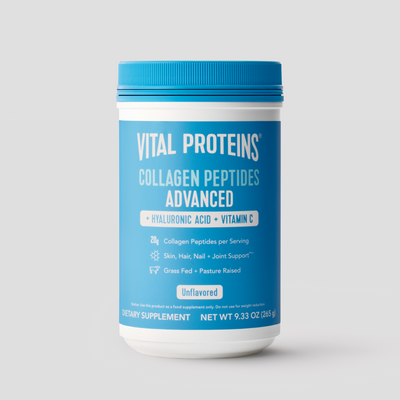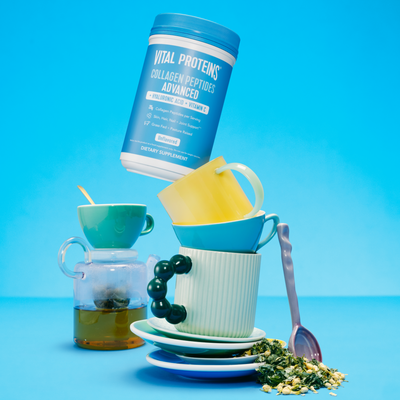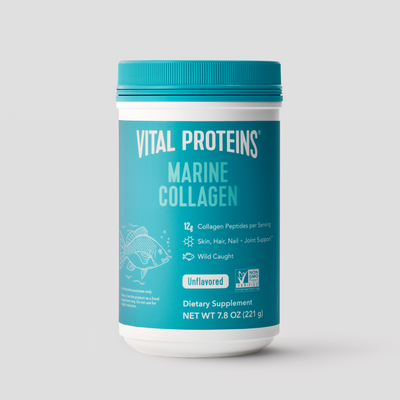While we think of spring for its burst of color, brighter days and flowering plants, it also brings an abundance of healthy, flavorful foods to stock up on.
When you think of healthy, fresh produce, you might think of summer farmer's markets, but there are actually many seasonal spring options to choose from. These five veggies add a pop of color to your plate and provide an array of nutrients to help you feel your best.
1. Artichoke
Peak season for artichokes is between March and May. When choosing your artichoke, look for leaves that are tightly packed for the most freshness. The exterior surface is tough, but artichokes do soften up when cooked.
Artichokes are well-known for their role in spinach and artichoke dip, but they also pair well with most produce (think salads or other veggies), herbs and spices.
Nutritionally, artichokes are high in fiber, antioxidants, vitamin C, vitamin K and folate, which may help improve heart health, lower cholesterol, and strengthen bones and skin.**
Related Articles
2. Asparagus
Asparagus adds a mild flavor to any dish, and is great at enhancing flavors they are paired with, such as butter, oils, spices and herbs.
You can cook asparagus by steaming, grilling, sautéing or broiling, making them a versatile accompaniment to your spring meal. You can even cut or dice them up and them to salads, quiches, potatoes, sandwiches and casseroles.
Like many green vegetables, asparagus boast a high vitamin K and folate content, and also have small amounts of vitamin C, vitamin A, potassium and vitamin E. A 1/2-cup serving will also yield two grams of protein.
3. Beets
Beets, or beetroots, are known for their beautiful, deep purple and red hues, but you can also find them in white, gold and yellow varieties.
While beets are stereotypically thought to be "earthy," they have a natural sweetness that is realized through cooking as they caramelize.
Beets are high in folate, manganese and potassium, and also have small amounts of vitamin C and iron. Betalains are a group of antioxidant compounds that help give beets their beautiful hues.

4. Radish
Radishes are root vegetables that are often overlooked. But they offer a plethora of nutrition benefits and can add strong flavors to your dishes.
Radishes are a bit bitter and peppery as well as crunchy, so they can help add a layer of satisfaction to your salad or stand alone as a crunchy snack.
These root vegetables are high in the antioxidant vitamin C and offer small amounts of potassium, B vitamins, vitamin K, calcium and magnesium.
Roasting them with garlic and olive oil caramelizes them and brings out a subtle sweetness. Radishes can also be pickled, or added to tacos, rice dishes or sandwiches.
5. Peas
The small but mighty green pea has gotten a great deal of attention lately, as people have taken advantage of the protein content, producing pea milks and protein powders as a vegan protein option and dairy substitute.
They technically fall into the legume family, though they are often cooked and sold as a vegetable.
According to the USDA, a cup of peas has 8 grams of protein and 7 grams of fiber, making them a great tool to add to dishes for satiety. A serving will also provide significant amounts of vitamins A, C and K, plus iron and magnesium.
Veggies in all forms — fresh, frozen and canned — are great ways to add flavor and nutrients to your favorite meal.

















